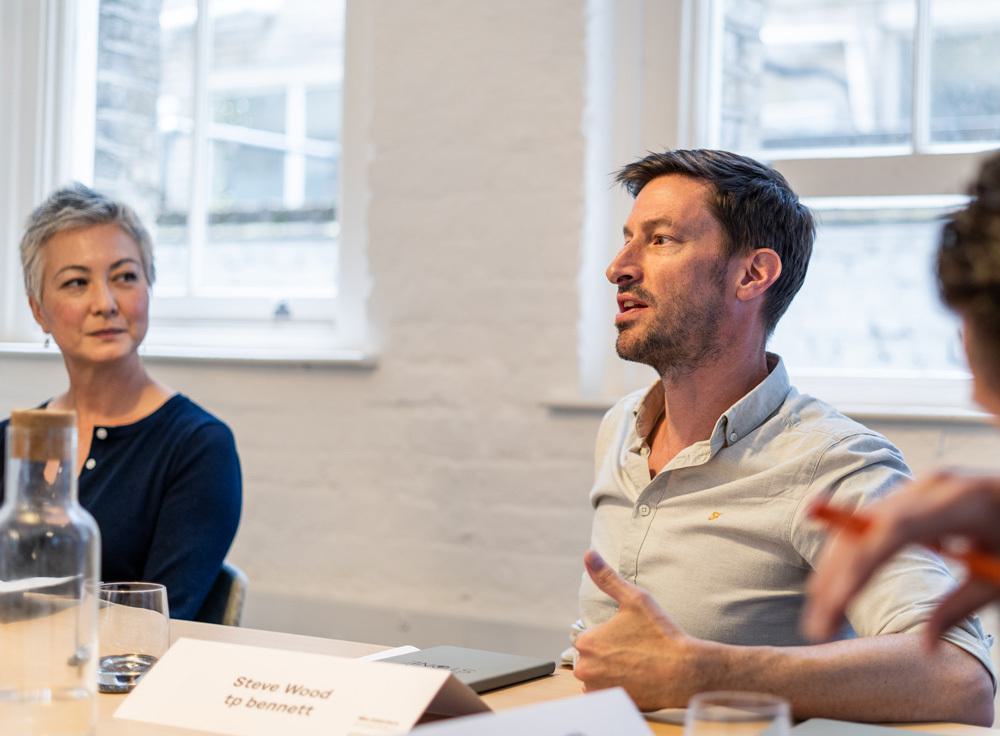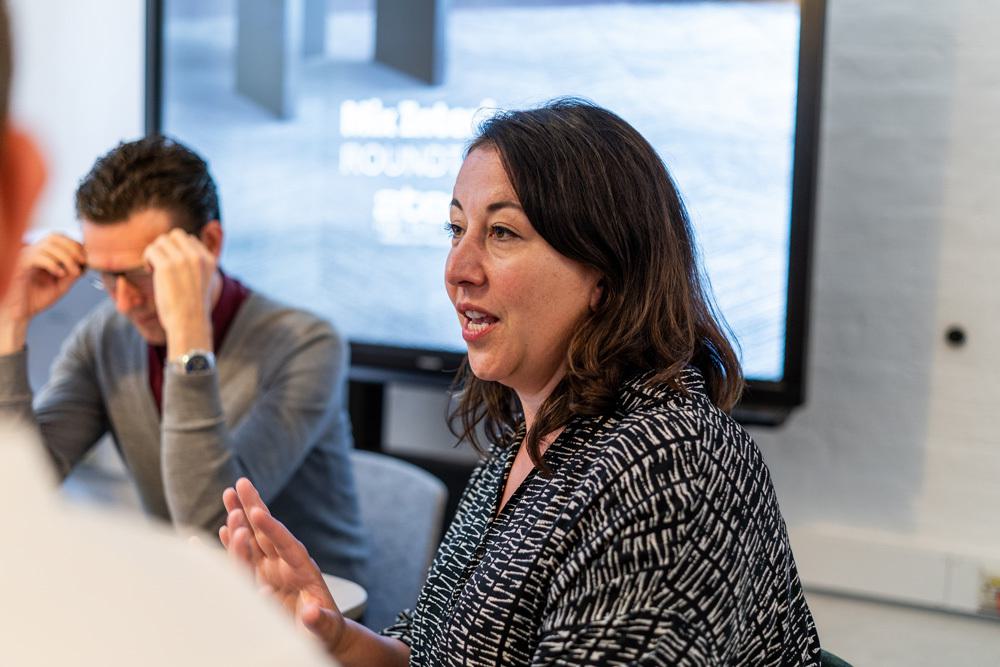At 2TEC2, we listen to and take into account what architects and designers think. We partnered with magazine Mix Interiors to explore how we should design the spaces we inhabit in a period of fast-changing factors, especially climate change. Upon invitation of Mix Interiors, Grace Agar, our director for the UK, sat down with several designers to discuss this issue in depth and to clarify what 2TEC2 is doing in response to change.
At 2TEC2, we realise the importance of investing in sustainability. We continuously make an effort to innovate and adapt in the face of change.
“Sustainability isn’t just a design consideration, it’s an existential issue,” Steve Wood, Interiors Director from tp bennett, explains. “Considering circular economies has to be a part of how we develop projects, in terms of how elements can be reused, adapted and deconstructed.”

Circularity is something we hold in high regard at 2TEC2. We recently built an in-house recycling plant, where we give our production waste a new life by turning it into new, strong tiles. In this way, we draw less from non-renewable resources. We also have plans for a take-back programme.
“Part of designing to last and designing for the future, today, means developing an appreciation for product that has had a life, or which we can give a new life”, Lindsay Roth, Principal and Design Director of Gensler, agrees.

Although it’s important to take into account the future, Paul Butterworth, Director and Senior Designer of KKS Savills, states: “We need to future proof as much as possible, but we need to design for today – tomorrow hasn’t happened yet. We can’t anticipate the future, but we can create in a way that allows for adaptation or evolution.”
2TEC2 already meets this need. “We play into the modularity of flooring, meaning you can pick it up and place it somewhere else. That’s both designing to last but also designing for change, with flexibility and adaptability really baked in”, Grace Agar says.
Read the full article here.
